What historical sources can tell us if Jesus was real? The historicity of whether Jesus Christ existed is a point that is argued in some historical circles. This has led to the rise of the myth of Christ, but there is historical evidence proving he did.
Josephus

©William Whiston / Public domain – Original / License
One of the key resources we can look to when determining if Jesus was real comes from historian Flavius Josephus. Josephus was a Roman-Jewish historian, and contemporary to the first century when Christ was alive. The historian makes a clear reference to Christos in Antiquities of the Jews which was written circa 93 to 94 CE.
Thallus

©T'oros Roslin of Hromkla / Public Domain – Original / License
Another Roman historian, Thallus, has no original works that survive. However, we can assume his works were present in the 2nd and 3rd centuries. Thallus refers to a period of darkness following crucifixion. This is disputed, but it would be the first non-Christian source to verify the execution of Jesus.
Tacitus
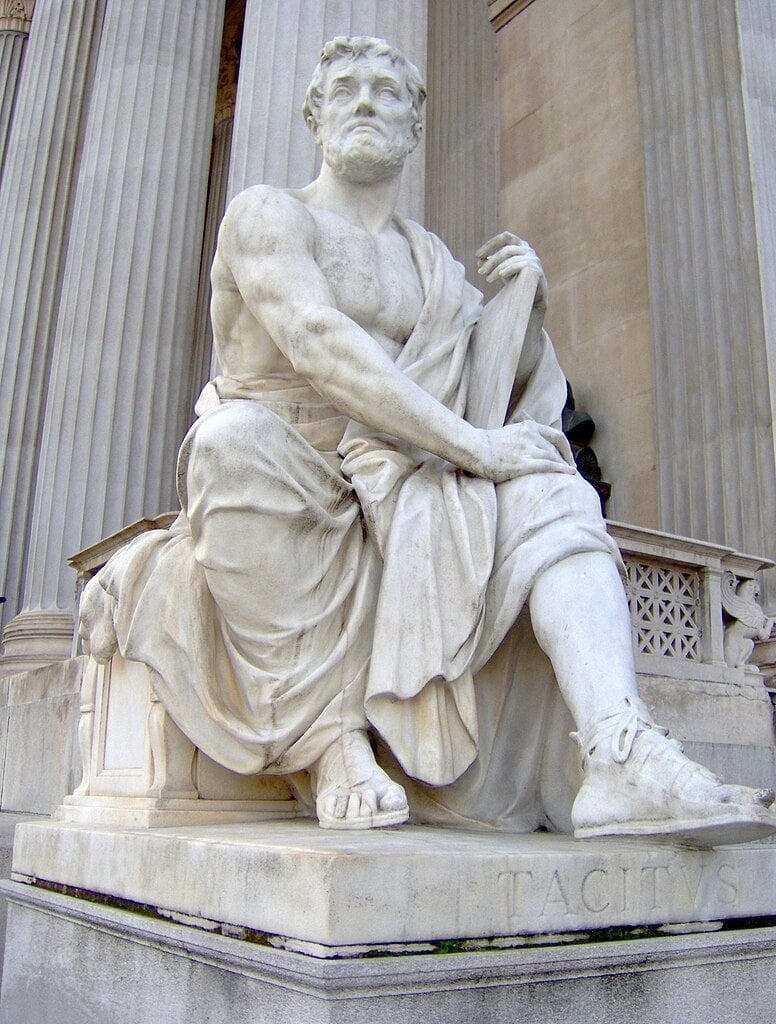
©Pe-Jo / Public domain – Original / License
While Tacitus lived a good century or so after the death of Jesus, historians assume he had access to bureaucratic records of the day. His work, Annals, refers to early Christians in Rome, Pontius Pilate, and the execution of Jesus Christ. Unlike Thallus, this work is accepted as authentic.
Mara bar Serapion

©Sean Pavone/Shutterstock.com
A Stoic philosopher hailing from modern-day Syria, Mara bar Serapion makes an early reference to establish whether Jesus is real. In a letter written to his son, Serapion, Mara calls to mind the deaths of three wise men. He lists Socrates and Pythagoras. However, he also refers to someone he calls “the wise king of the Jews.” This would be one of the earliest references to Christ’s existence, circa 73 CE.
Pliny the Younger
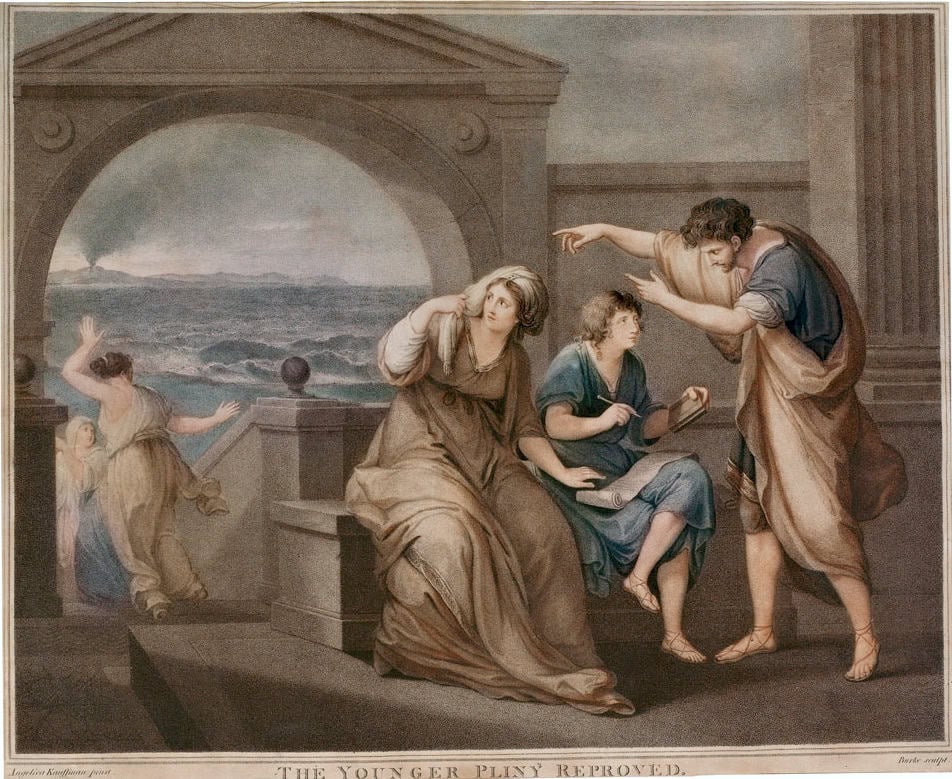
©Thomas Burke / Public Domain – Original / License
Pliny the Younger is a known quantity from the later stages of the Roman Empire. While his writings don’t make it explicit if Jesus is real, there are references to Christus. The Roman government thought poorly of Jewish leadership, which is certainly reflected in Pliny’s correspondence. However, Christus may be referring to a historical title Romans gave to leaders of Jewish settlements.
Christian Oral Traditions
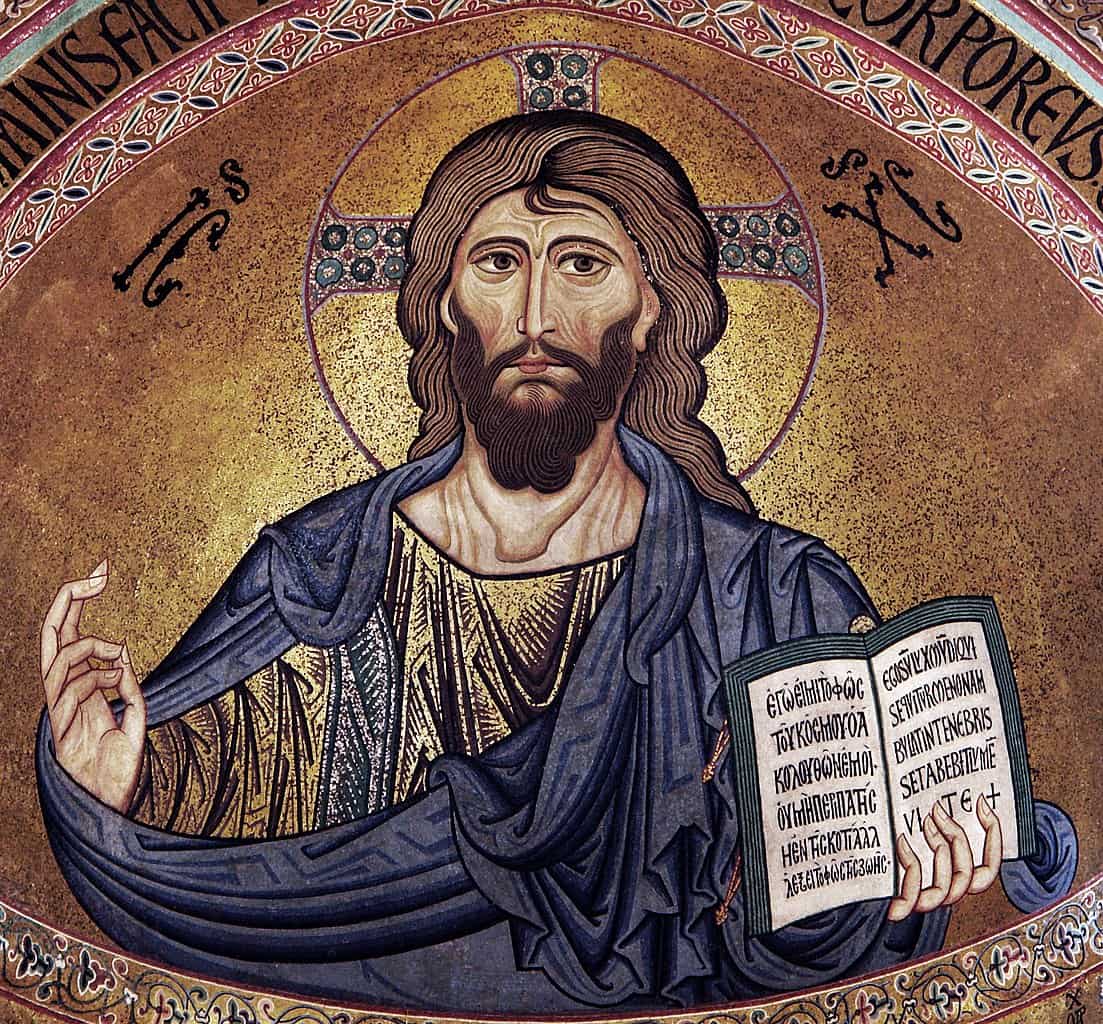
©Andreas Wahra, CC BY-SA 3.0, via Wikimedia Commons – Original / License
It would be sometime after the commonly agreed-upon date of Christ’s death before the completion of the New Testament. However, many of the earliest followers of Christ’s teachings were starting their oral traditions. The historicity of these is debatable, given how quickly myth develops from fact. However, its existence is clear evidence Jesus is real.
The Mishnah

©TSViPhoto/Shutterstock.com
The Jewish Talmud serves as an analog of something like the New Testament for Christians. All Abrahamic religions share the Old Testament, or Torah, in common. However, the Mishnah, the Talmud’s oldest book, makes clear mention of Jesus as something of a charlatan and sorcerer.
Suetonius

©Achille Reveil / Public domain – Original / License
Lives of the Twelve Caesars is the best-known work of Roman historian Suetonius. Interestingly, he makes clear references to the Jews, early Christians, and their leadership. One passage that might prove Jesus is real comes in Claudius 25 of the work. Suetonius refers to a local leader in the early first century who was causing problems for Rome.
Phlegon of Tralles

©Didler Descouens / CC BY-SA 4.0 – Original / License
While the principal works Phlegon produced have been lost to time, he is referenced by Julian Africanus. While this account doesn’t say outright that Jesus was real, there is a curious point made about an eclipse happening for around 3 hours during the time of Tiberius.
Philo
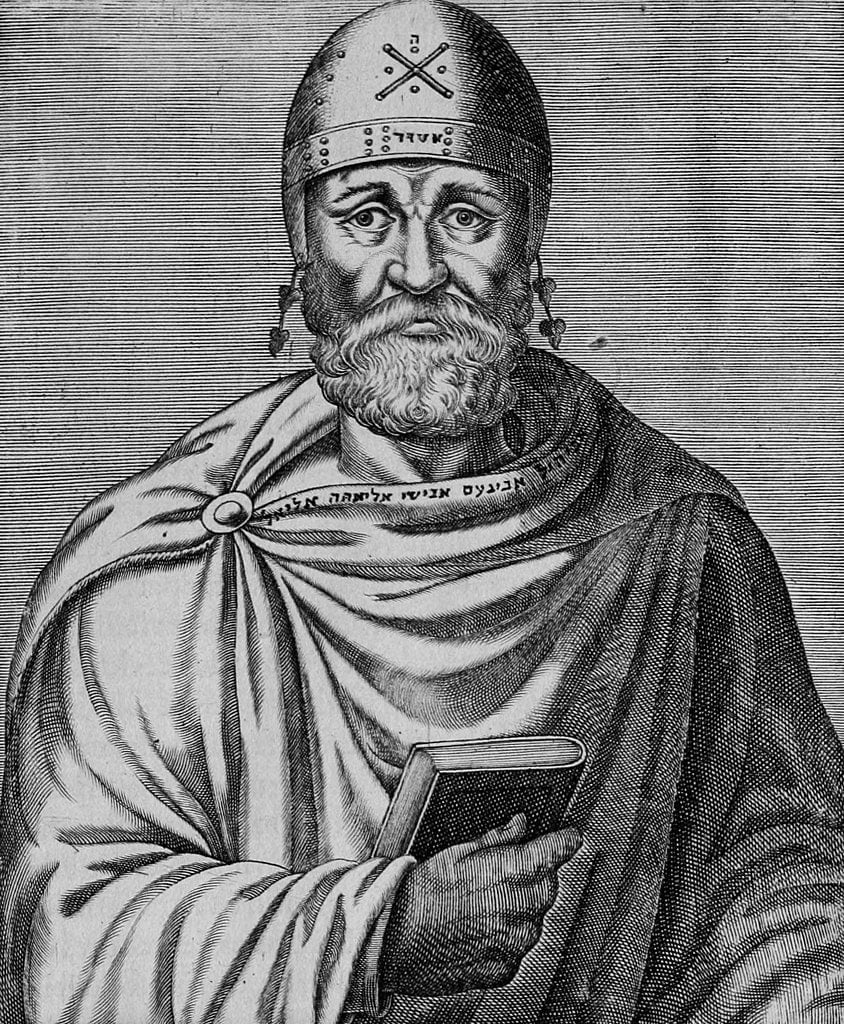
©Andre Thevet / Public Domain – Original / License
A Jewish philosopher, Philo would have been a contemporary of Jesus in the region. Interestingly, while he doesn’t make explicit mention of Christ in his works, it does give credence to the language and such used in the New Testament. There is also a popular myth that Philo allegedly met the apostle Peter.
Celsus
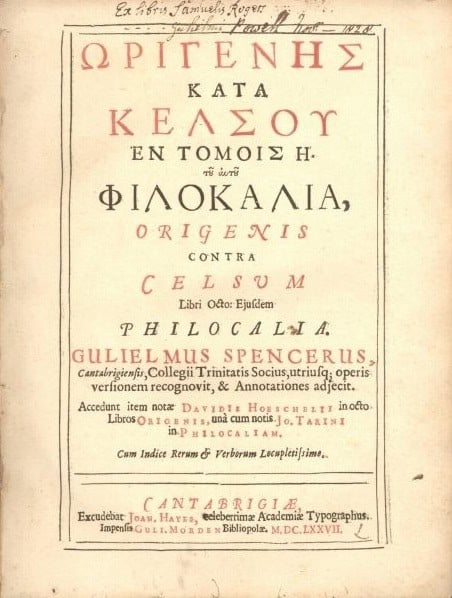
©Origen / Public Domain – Original / License
The Greek philosopher Celsus was an early and vocal opponent of Christianity, giving some credence that Jesus was real. In a work later responded to by the ascetic Origen, Celsus outright calls Christ a sorcerer and magician, echoing popular thought of early Christian detractors.
Dead Sea Scrolls
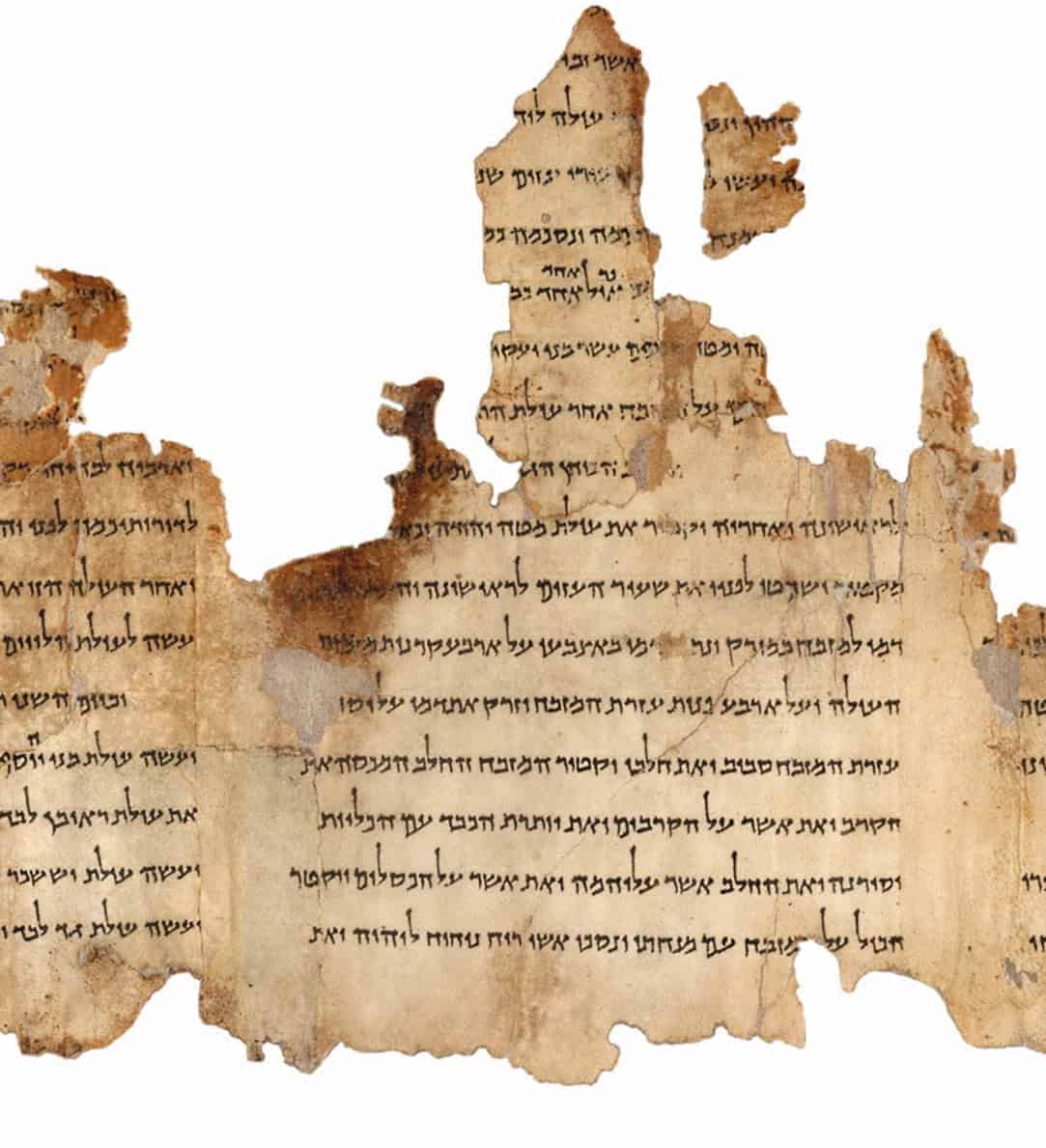
T
he Dead Sea Scrolls are vastly important, and speak of Jewish culture during Christ’s time.
©Israel Museum / Public domain – Original / License
Now, everyone knows what the Dead Sea Scrolls are, at least if you’ve had a history class in the last 60 years. However, these ancient documents might give a clue as to whether Jesus was real. The Dead Sea Scrolls preserve the language and customs of Jewish people who would have been contemporaries to Christ when he was alive.
Epictetus
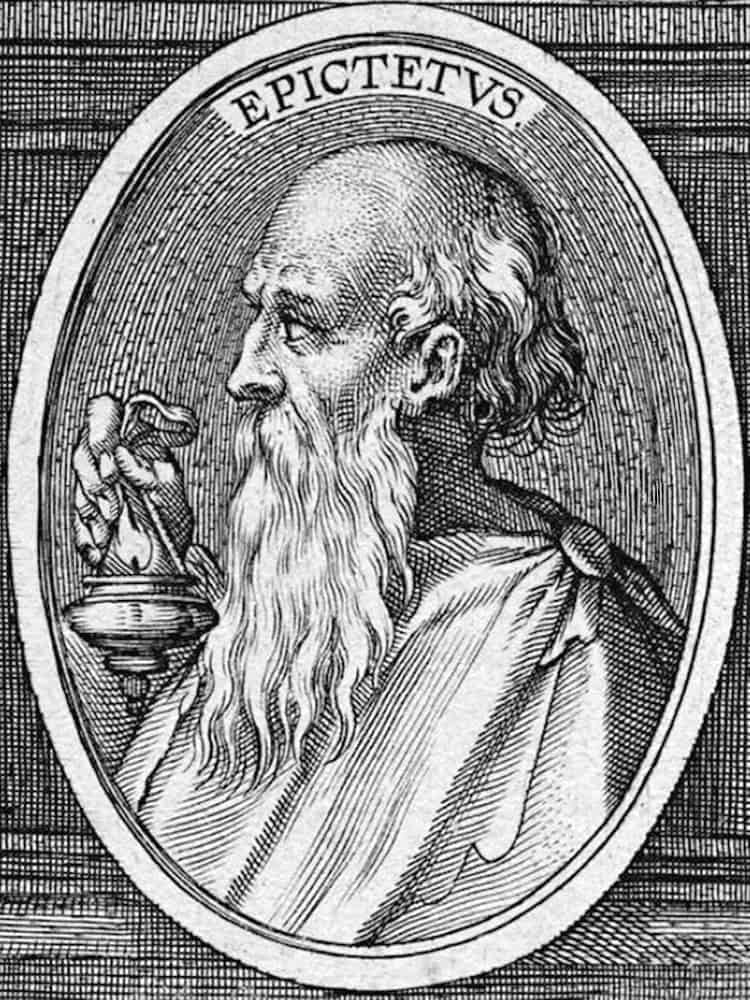
©Theodoor Galle / Public domain – Original / License
The next few entries are a little shakier concerning historical accuracy. Epictetus was a Greek stoic philosopher and one of early Christianity’s big detractors. He doesn’t denounce Jesus by name but makes mention of these early Christians as Galileans.
Numenius of Apamea
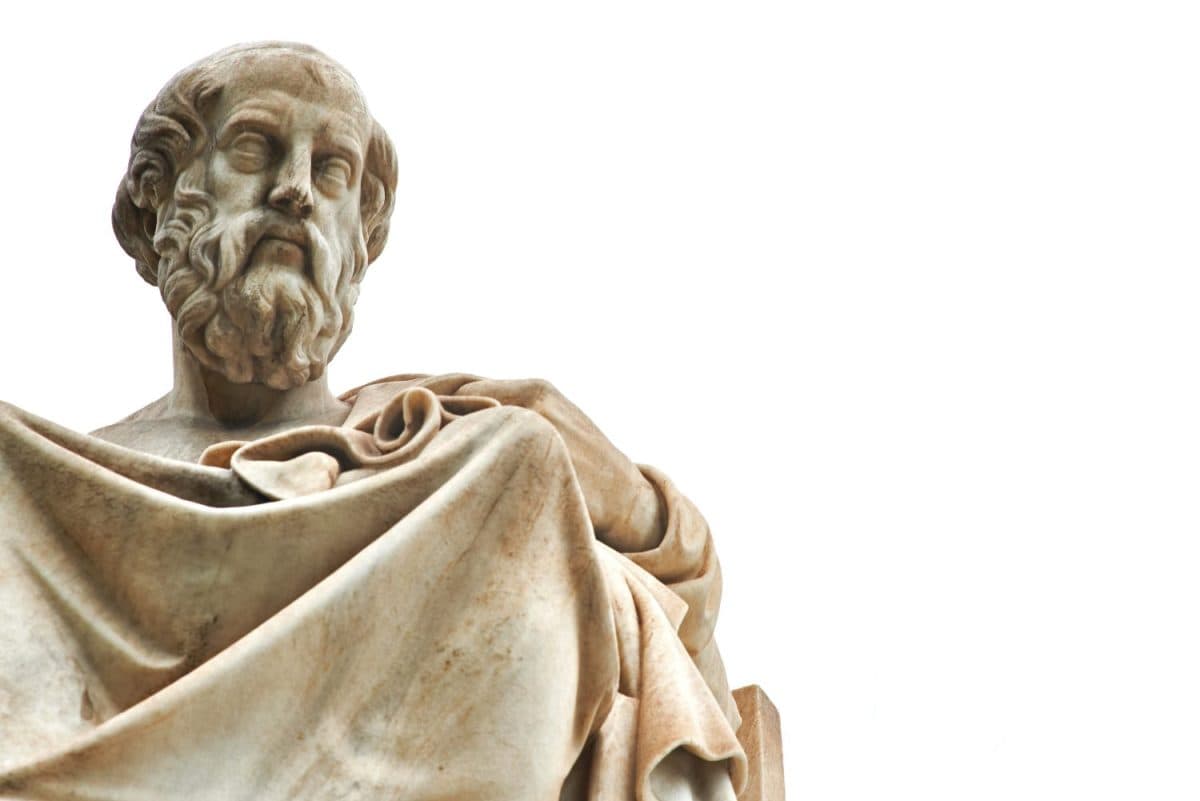
©markara/Shutterstock.com
The second century dealt with the aftershocks of many big events in Rome’s dominion. This is reflected in the somewhat shaky writings from Numenius, who refers to Christians and Christ while discussing the divergence of academia from the teachings of Plato. This doesn’t necessarily point to Numenius making the case that Jesus is real, but it is an interesting comparison to make given the timeframe.
Claudius Galenus
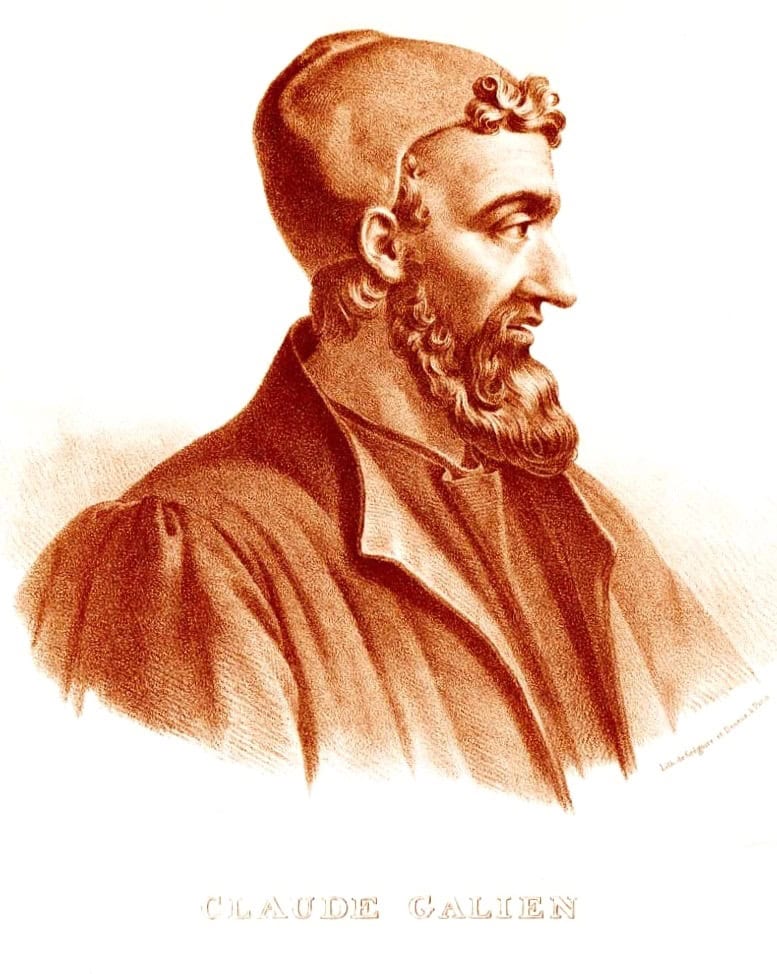
©Pierre-Roch Vigneron / Public domain – Original / License
Claudius Galenus, or Galen, possibly referenced Christ in a passage from one of his works. The philosopher stated, “One might more easily reach novelties to the followers of Moses and Christ than to the physicians and philosophers who cling fast to their schools.” Interestingly, this indicates that Galen believed Jesus was real, which would’ve been a little over a century removed from him at that point.
Tertullian

©Andre Thevet / Public Domain – Original / License
Despite the fall of Carthage during the Second Punic War, the region persisted well into Rome’s time as an empire. Tertullian was a notable scholar in Carthage and just happened to be Christian. He believed Jesus was real, citing census records that likely existed at the time of his writing. The passage of time has made some of that bureaucratic red tape lost to the ages, sadly.
Abgar-Tiberius Correspondence
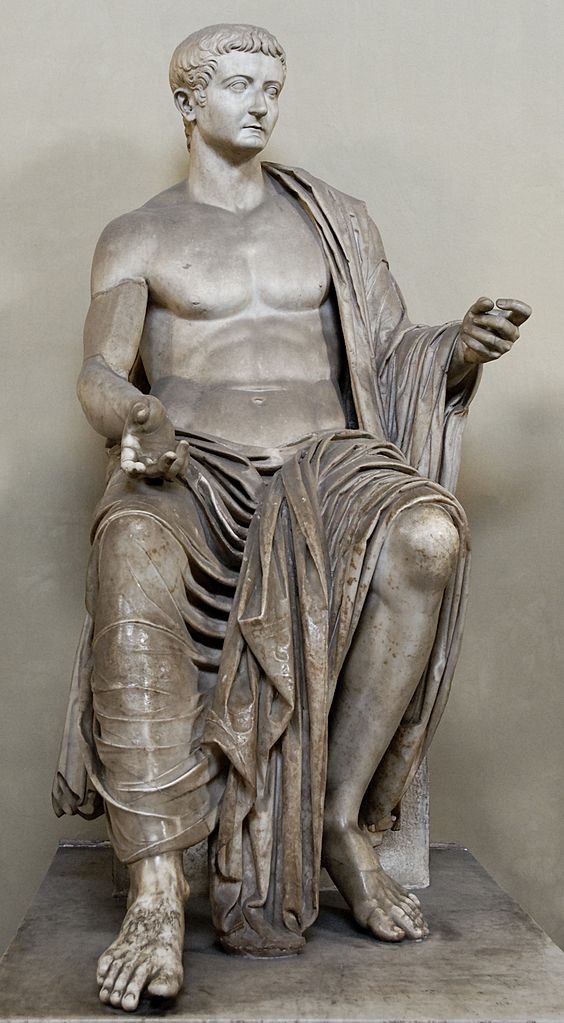
©Vatican Museums / CC BY 2.5 – Original / License
If you’re an ardent fan of Roman history, you likely know of the emperor Tiberius. It is believed that Tiberius refers to Christ when writing to King Abgar V of Osroene. Tiberius grouses in letters to his fellow monarch about political developments and unrest near Parthia. However, these letters and their veracity are heavily disputed.